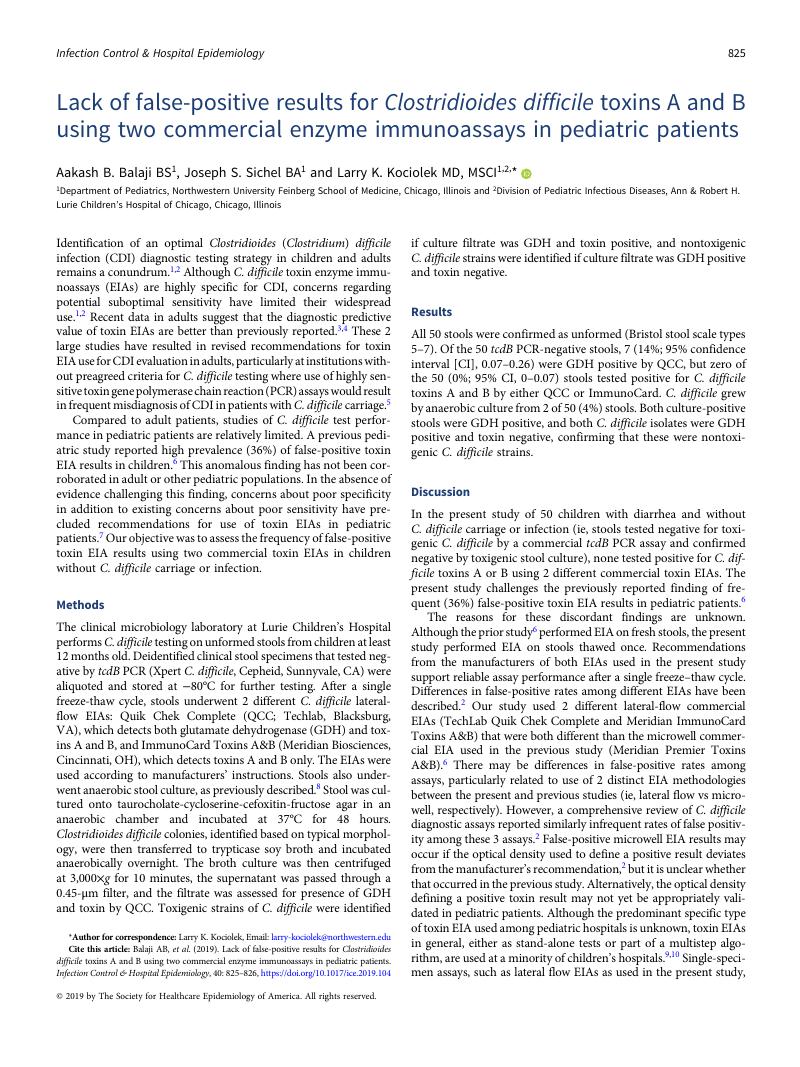Crossref Citations
This article has been cited by the following publications. This list is generated based on data provided by Crossref.
Ziaei Chamgordani, Sepideh
Yadegar, Abbas
and
Ghourchian, Hedayatollah
2024.
C. difficile biomarkers, pathogenicity and detection.
Clinica Chimica Acta,
Vol. 558,
Issue. ,
p.
119674.



